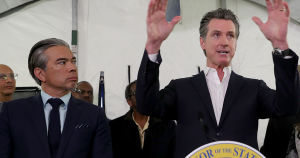It’s been over 25 years since the former Soviet Union dissolved. But governmental control and fear still make it hard for many Europeans to freely practice the religion of their choice. It was speculated that after the USSR disbanded, religion would flourish, people would choose the faith that they believed to be right for them, and religious activities and participation would grow. According to Deseret News, leaders seemed hopeful about the positive impact religion could have on their newly emancipated countries, but as time has passed, many countries’ accepting arms have changed to clenched fists when it comes to religious liberty.
Now, three former USSR countries- Tajikistan, Turkmenistan, and Uzbekistan, appear on USCIRF’s (the United States Commission on International Religious Freedom) Tier 1 “Countries of Particular Concern” list. Deseret News points out however that, unfortunately, “half of the 15 former Soviet countries were called out this year by the U.S. Commission on International Religious Freedom for their problematic religious freedom policies.”
According to Deseret News:
“Some countries, especially those with religiously diverse populations, have made notable strides over the last 25 years, encouraging open dialogue between the government and faith groups and supporting religious education, said [Brian] Grim, president of the Religious Freedom & Business Foundation. However, the major storyline emerging from this part of the world in the 21st century is growing persecution of religious individuals and institutions.”
Many countries now require religious groups to register with the government in order to congregate legally, a process which can be hard and include many laborious steps. Numerous religions are repressed in the former Soviet Union, the main exceptions for countries such as Russia, Kazakhstan, Armenia, and Belarus being the Russian Orthodox Church and Islam. According to the Huffington Post, stifled religions include “denominations of Christianity that are widespread in other countries, such as Catholics, Baptists, Methodists, Lutherans and Presbyterians.”
Catholic University of America’s hosted a panel discussion of religious freedom in the USSR for the Columbus School of Law in which:
Jeff Goldstein, senior policy analyst for Eurasia at the Open Society Institute, observed that government control of Islam has grown steadily more rigid, with bureaucrats in direct control of Imams, their sermons and their services.
“There is no legitimate or moderate Islamic clergy left in those countries,” said Goldstein. “The control-and-suppress strategies of these governments actually contribute to religious extremism in the area.”
Fortunately, some of the former USSR affiliated countries continue to allow citizens to choose and practice the religion of their choice, notably Estonia, Latvia, Lithuania, and Moldova, although it must be noted that even these countries usually favor one religion over others. With the imprisonment and persecution of people of faith still common in many countries, it’s important that influential world leaders continue to encourage tolerance and freedom over fear and restraint in former Soviet countries. Although the religious climate is definitely better than it was in the days of the Soviet regime, many of these former USSR nations still have quite a ways to go when it comes to allowing their citizens the freedom to worship as they desire.
[Editor’s Note]: For a more detailed breakdown of the religious climate in each of the 15 former Soviet countries, refer to this article by Deseret News.




